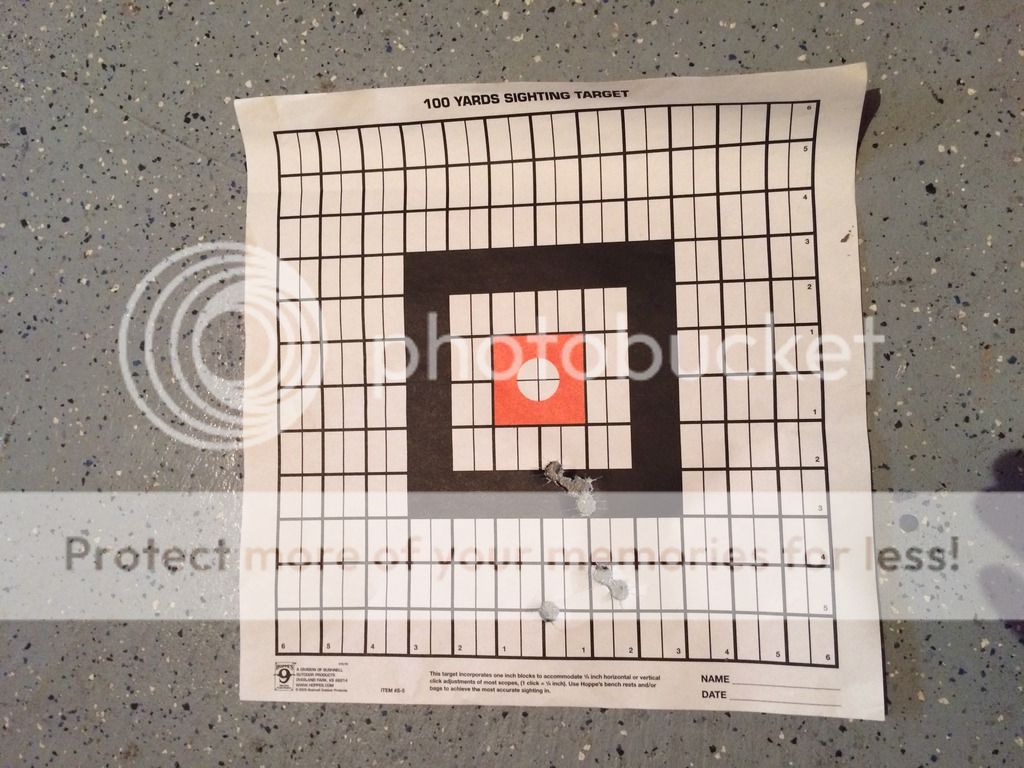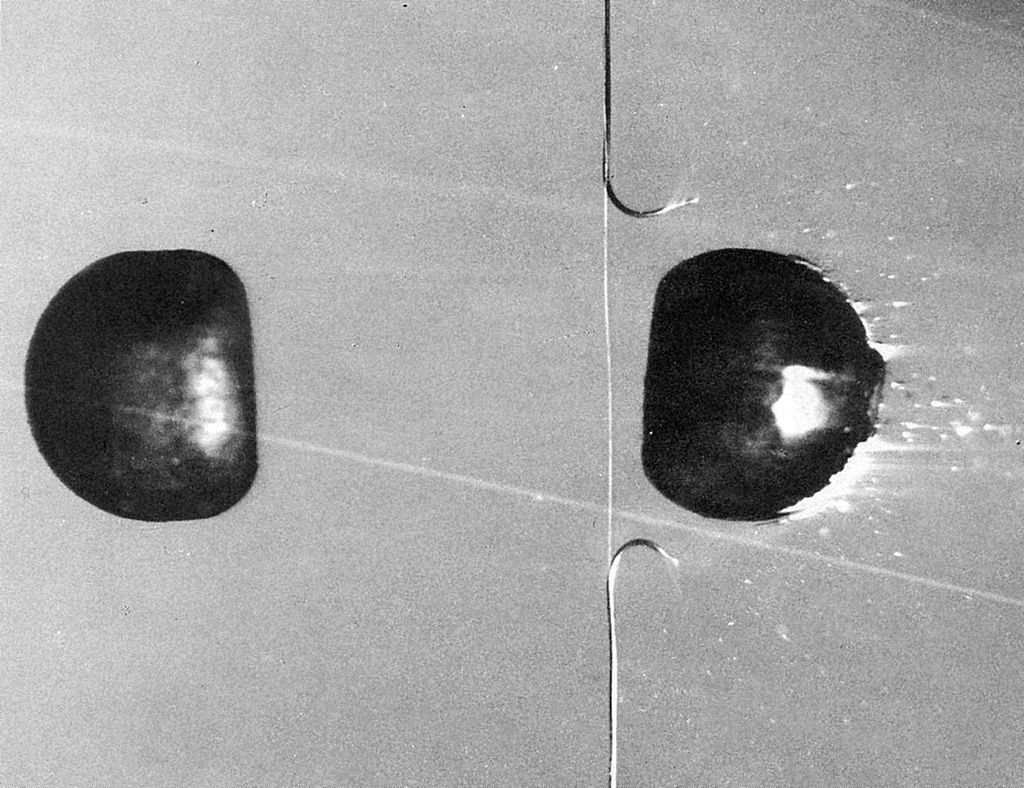tenngun said:
Loading a ball in a dirty barrel also effects velocity doesn't it?
Yes, the dirty bore increases friction, but does not change the energy provided by the powder charge.
It's not as simple as mass/ powder charge/ barrel length = velocity, simple Newtonian physics on paper can give us generalities. How fast does 70 grains of 3 f drive a 178 grain ball patched with .15 patched round ball greased with 2 cc mink oil? At sea level on a 70 degree day will be different then at two thousand foot elevation at freezing.
Ok, here we have differences in ignition time of the powder and air pressure differences. However if we go back to sea level at 70 degrees at 37 degrees north latitude and we fire a string of shots, cleaning between each shot we will get 50 different results.
The fundamentals of basic Newtonian physics certainly apply. Differences in air pressure and temperature are variables, but the basic principal is still the same. Temperature of the barrel affects the frictional resistance of the barrel. Atmospheric pressure and temperature affect the density of the air and therefore the resistance of the drag. But these are just factors of Newton's law, not exceptions.
The reason you get a different shot placement every time is because it is impossible to duplicate each of these variables exactly the same for each shot. If you could duplicate each variable exactly the same for each shot, then you would get exactly the same POI.
It's not just the caloric energy of the powder vs the weight of the projectile. It is how quickly that energy can be released.
Calories refers to the amount of heat energy available, but heat is not the main component of an explosive powder charge. The force driving the ball down the barrel is provided by the expansion of gas resulting from the explosive powder charge. While heat is a component of that since the explosion is an exothermic reaction meaning that it gives off heat, thinking of if in terms of heat (caloric) energy is not accurate. That would be like heating the barrel with a propane torch and expecting the heat by itself to propel the ball.
This is why 3f produces higher pressures and hence velocities then 2f, when both have the same amount of calories liberated behind the ball,
A load of X grains of FFFg powder produces a different amount of energy than an equivalent load of FFg powder, so now we're dealing with two different driving forces. Since the FFFg powder has smaller grain size, it has less void space than a volumetric equivalent load of FFg, so the FFFg load contains more powder, and produces more energy.
likewise larger caliburs reach peak pressures quiver then smaller caliburs. Greater inertia of the projectile means the confined powder has to generate more pressure before the ball can move. After the ball starts moving the increased pressure leads to increased velocity.
Increased or decreased friction between the ball-patch and barrel or decreased friction will effect the inertial of the ball. Even though the ball-patch weighs the same.
Newton can get us on the way to Mars but we still have to tweek on the way.
Inertia simply refers to the tendency of an object in motion to stay in motion, or at rest to stay at rest - Newton's first law. The greater inertia of a heavier bullet will cause it to accelerate slower and remain in the barrel longer - Newton's second law. This would cause the pressure in the bore to remain higher until it can be relieved by the ball clearing the barrel. However, the amount of energy produced by the exploding powder charge is the same no matter the mass/weight/inertia of the ball. Another way to think of it is, if you load 80 grains of FFFg into your rifle and fire it with no ball, the same energy is produced as when you have a ball loaded.







